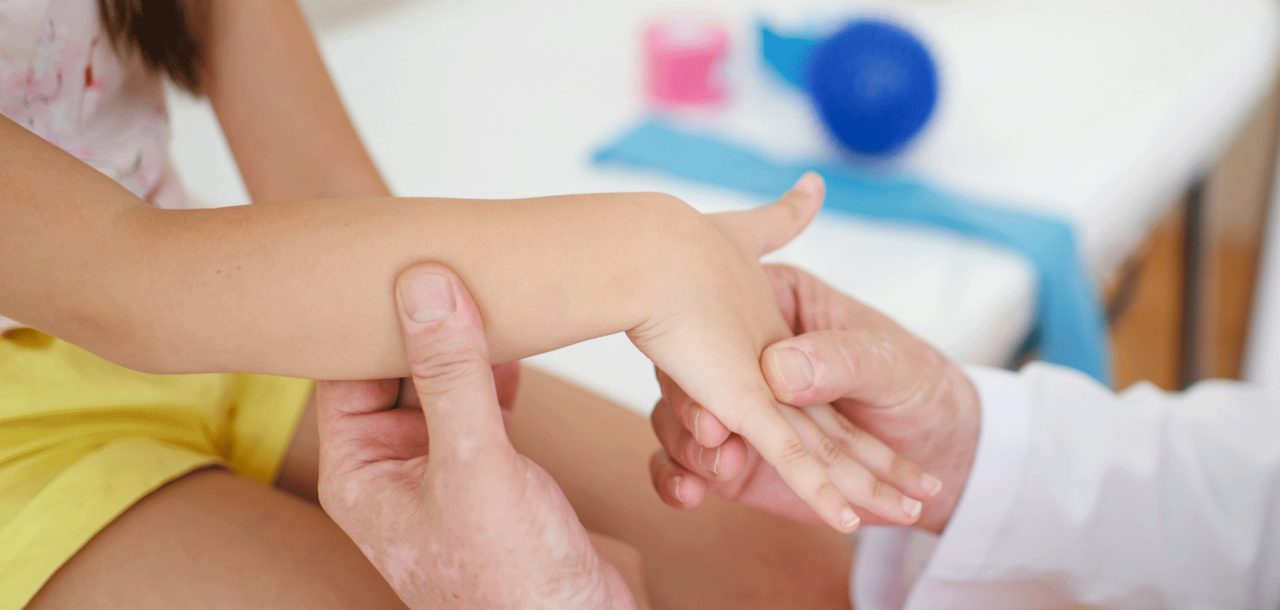What Is Juvenile Rheumatoid Arthritis (Juvenile Idiopathic Arthritis)?

In this condition, children can get swollen, stiff, warm, painful joints all over their bodies, sometimes with fatigue, rashes, and fever. But they can outgrow the condition.
We think of arthritis as a condition that comes with age. But children can have flareups or ongoing trouble with idiopathic arthritis [also called rheumatoid arthritis (RA)], which may affect joints all over the body.
YOU MIGHT ALSO LIKE: How to Relieve Hand Arthritis
What is juvenile idiopathic arthritis (JIA)?
Idiopathic arthritis (also known as juvenile RA) is an autoimmune disease in which the body’s immune system attacks the joints, which may become swollen, stiff, warm, red, and painful. Some children have flare-ups. In others, the symptoms never go away.
It can affect the knees, hands, feet, ankles, shoulders, elbows, and other joints, often in the morning or after a nap.
Other symptoms include:
- Inflamed eyes
- Fatigue
- Poor appetite and slow growth
- Fevers and rashes
- Swollen lymph nodes
It’s possible that your child will have symptoms for years. Nearly half of all children with JIA recover completely. If JIA gets worse, patients can develop osteoporosis (thinning bones) that increases your chances of fracture if you fall.
How is juvenile idiopathic arthritis (JIA) diagnosed?
Your child might not complain of pain, but you may notice a limp, especially in the mornings. You might notice that your child seems clumsier. Fever and rashes are usually worse at night.
To be diagnosed with JIA, your child must have symptoms that last at least six weeks. There are a variety of blood tests to pinpoint JIA, including tests of inflammation (C-reactive protein, or CRP) and antibodies linked to JIA (antinuclear antibody, or ANA, and rheumatoid factor, or RF). Imaging tests (x-rays, CT, MRI, and bone scans) will allow your doctor to see damage to the bones.
How is juvenile idiopathic arthritis treated?
Your child’s doctors will aim to reduce discomfort and enable your child to pursue current activities.
Depending on your child’s age and the severity of the problem, your child’s doctors may prescribe:
- Nonsteroidal anti-inflammatory medicines (NSAIDs)
- Disease-modifying antirheumatic medicines (DMARDs), such as methotrexate
- Corticosteroid medicines to reduce inflammation and severe symptoms
If those do not work, your child may need one of the biologics that interrupt the inflammatory response.
Make sure your child gets regular eye exams, as inflamed eyes may not have noticeable symptoms.
Other treatments include:
- Physical therapy
- Coaching on how to use your body in ordinary activities
- Exercise and weight-loss programs
- Getting enough rest
Your child may need to learn to use small joints (like the knuckles) less often.
Types of juvenile idiopathic arthritis
- Pauciarticular or “few joints.” The most common type, pauciarticular arthritis usually affects the knee, leg, wrist, or jaw. It can also cause iritis (inflamed eyes), especially in girls younger than seven. Boys older than eight who have this type of arthritis often have spine and hip problems. In about half of all cases of this type, the problem goes away with time.
- Polyarticular or “many joints.” If five or more small joints are affected, your child’s case may fall into this category. Symptoms often appear symmetrically, in the same joints on the left and right side. Your child might have a low fever, feel tired, and eat poorly. Rashes on the lower torso and upper arms and legs may appear. Have your child checked for anemia as well.
- Systemic or Still’s disease. This type, the rarest, can affect the organs as well as multiple joints. One sign of a systemic case is rashes and chills with high fevers. Although there is a risk of long-term joint damage, about half of children who have this type recover. The others may be dealing with joint pain and stiffness for many years.
- Spondyloarthritis. This type affects the joints located between the bottom of the spine and pelvis, with symptoms seen in adults as well.
Updated:
August 29, 2022
Reviewed By:
Janet O’Dell, RN